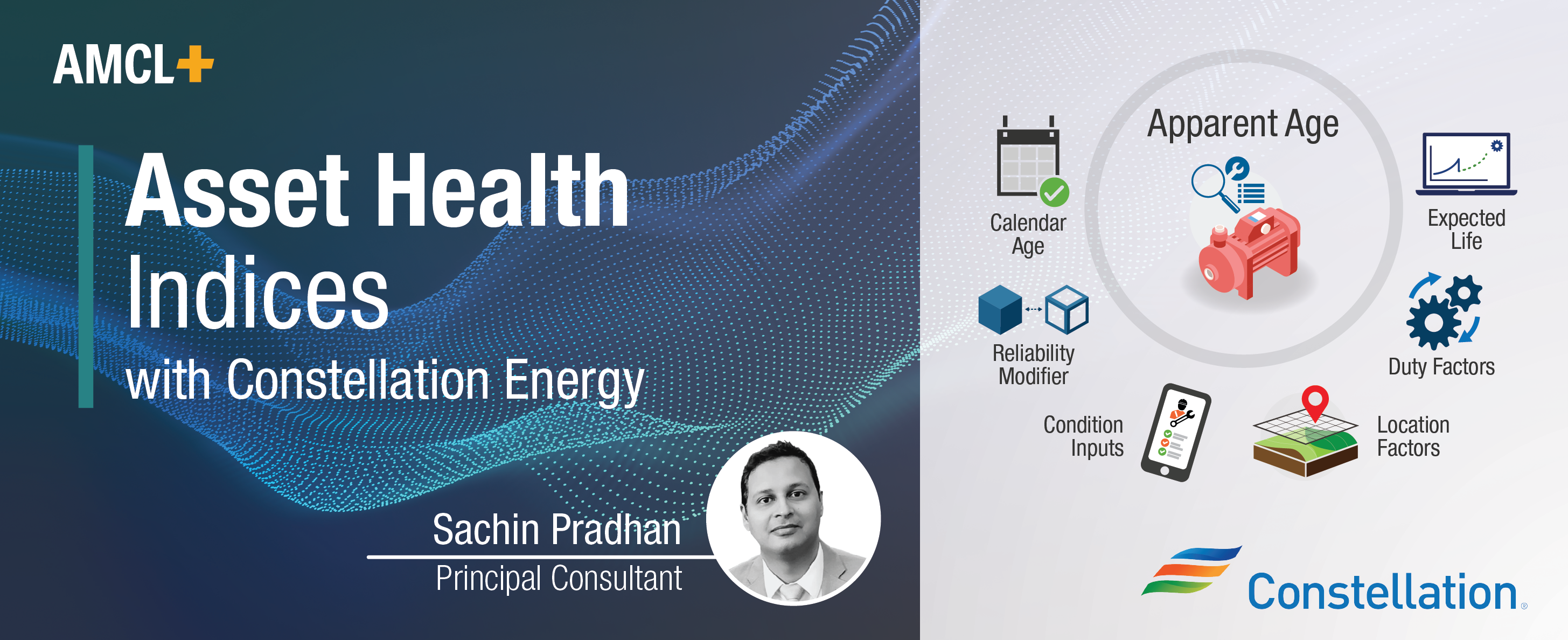What is Asset Health Indexing?
Asset Health Indexing (AHI) is a measure of the condition and future performance of an asset and indicates how close the asset may be to the end of its useful life. Although asset health can be influenced by factors such as operating capacity or compliance with legislation, for most asset types, asset condition provides a good proxy for asset health. As the condition of an asset deteriorates (i.e., its health worsens), the likelihood that it will fail typically increases (Probability of Failure (PoF). While these same generic principles in evaluating health and risk apply for each asset type, the inputs, calculations, and calibrations change for different types of assets because of differences in:
- Failure modes
- Operating Conditions
- Consequences of Failure
Asset health indices generally evaluate the asset and its components as a whole unless there is a reason to separately assess each component.
The first step is to identify assets suitable for Asset Health Index (AHI) evaluation. Assess the asset’s calendar age and conduct condition analyses to estimate its effective age, considering different degradation pathways and related inspection or testing data. Plot both ages on Probability of Failure (PoF) curves to compare standard and condition-adjusted PoFs. Assign an AHI rating based on these findings. Utilize the AHI for asset management by calculating the Consequence of Failure (CoF), determining risk through PoF x CoF, and using this risk assessment to inform asset decisions.

Going from Left to Right: start with the calendar age and expected life, gives us the standard PoF. Then applying reliability modifiers, condition inputs, location and duty factors to determine the conditional or apparent or effective age. Then calculate the adjusted PoF, the AHI and asset risk using adjusted failure probability x CoF.
How do our clients benefit from AHI?
Proactive Maintenance Planning: By leveraging AHI, our clients can adopt proactive maintenance strategies, minimizing unexpected downtime and maximizing asset uptime.
Data-Driven Decision Making: AHI empowers organizations with actionable insights derived from real-time data and predictive analytics, enabling informed decision-making in asset management.
Optimized Asset Performance: With a clear understanding of asset health, our clients can optimize asset performance, enhance operational efficiency, and extend asset lifespan.
Reduced Operational Risks: By identifying and mitigating potential risks early on, AHI helps organizations minimize safety hazards, regulatory compliance issues, and financial losses.
Cost Savings: By prioritizing maintenance activities based on AHI, organizations can minimize unnecessary expenditures, optimize resource allocation, and achieve significant cost savings in the long run.
We are currently supporting utilities organizations in North America with using Asset Health Indices to make more effective capital and maintenance decisions for their assets that is backed by sound data. Constellation Energy, for example, is working toward building dynamic AHI dashboards to monitor the degradation of their assets, the level of facility or system risk, develop timely mitigation strategies, and more effectively manage unplanned outages and failures.

Learn More?
If you think your organization could benefit from some Asset Health Indexing, please get in touch with Sachin directly.
Or to learn more about Sachin’s experience and his journey to AMCL, visit his profile page.

